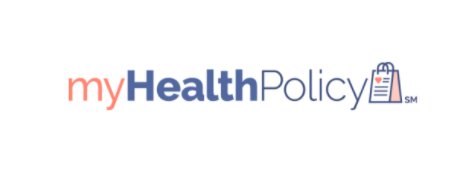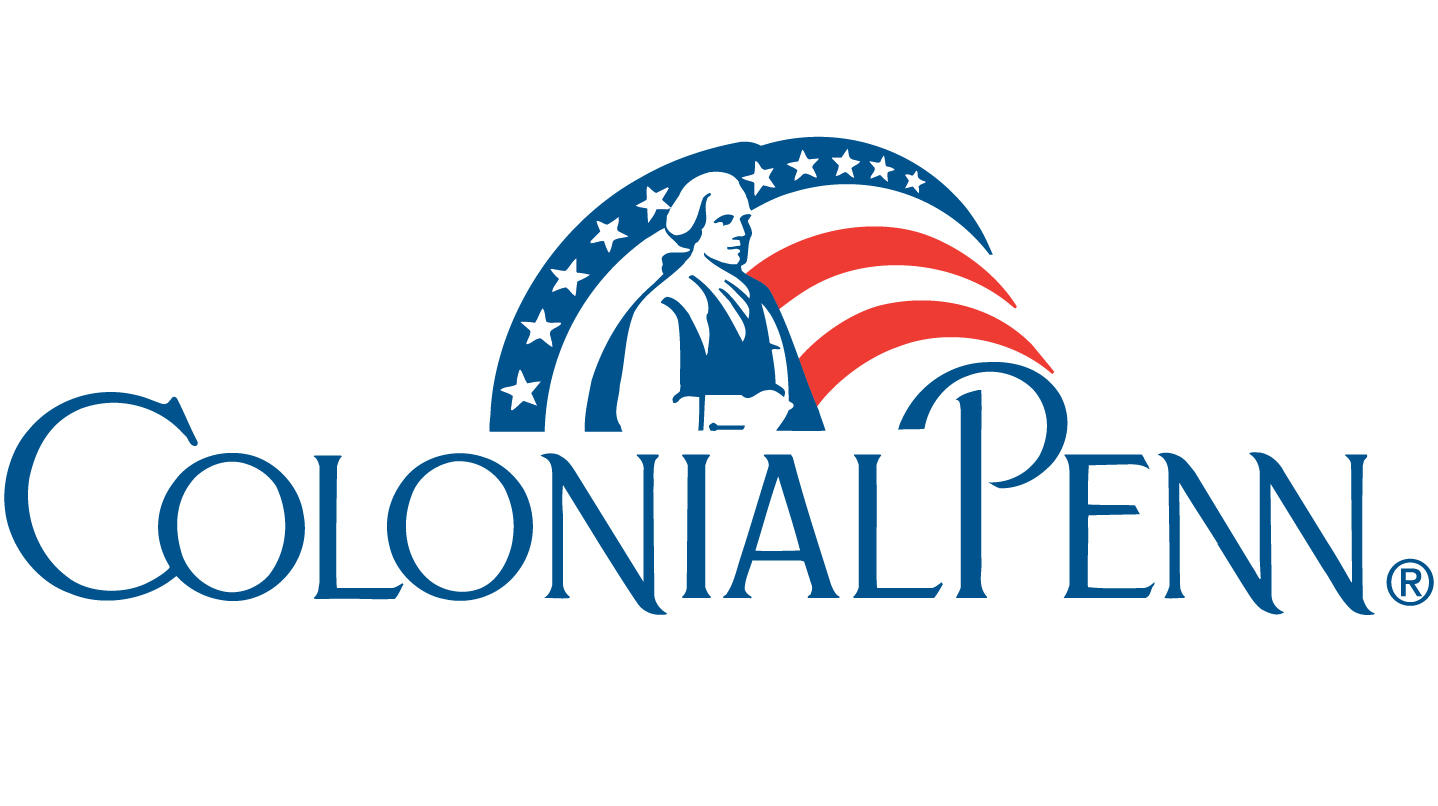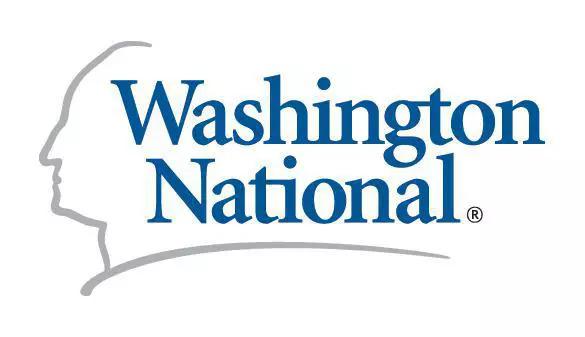
You have many choices when it comes to Medicare – Let us help you compare Medicare Advantage plans to find the right coverage for you. Medicare Advantage (Part C) is an all-in-one alternative to Original Medicare Parts A and B.




| Day of the Week | Hours |
|---|---|
| Monday | 9:00 AM - 5:00 PM |
| Tuesday | 9:00 AM - 5:00 PM |
| Wednesday | 9:00 AM - 5:00 PM |
| Thursday | 9:00 AM - 5:00 PM |
| Friday | 9:00 AM - 5:00 PM |
| Saturday | Closed |
| Sunday | Closed |
You have many choices when it comes to Medicare – Let us help you compare Medicare Advantage plans to find the right coverage for you. Medicare Advantage (Part C) is an all-in-one alternative to Original Medicare Parts A and B.
As people live longer and health care expenses continue to rise, the need for long-term care becomes more of a "when" than an "if" situation. That's why it's so important to be prepared and have discussions with your loved ones. Ready to start planning your next steps?
Our agents provide an expansive suite of insurance options, including core products offered by Bankers Life and Casualty Company, Colonial Penn Life Insurance Company and Washington National Insurance Company.











